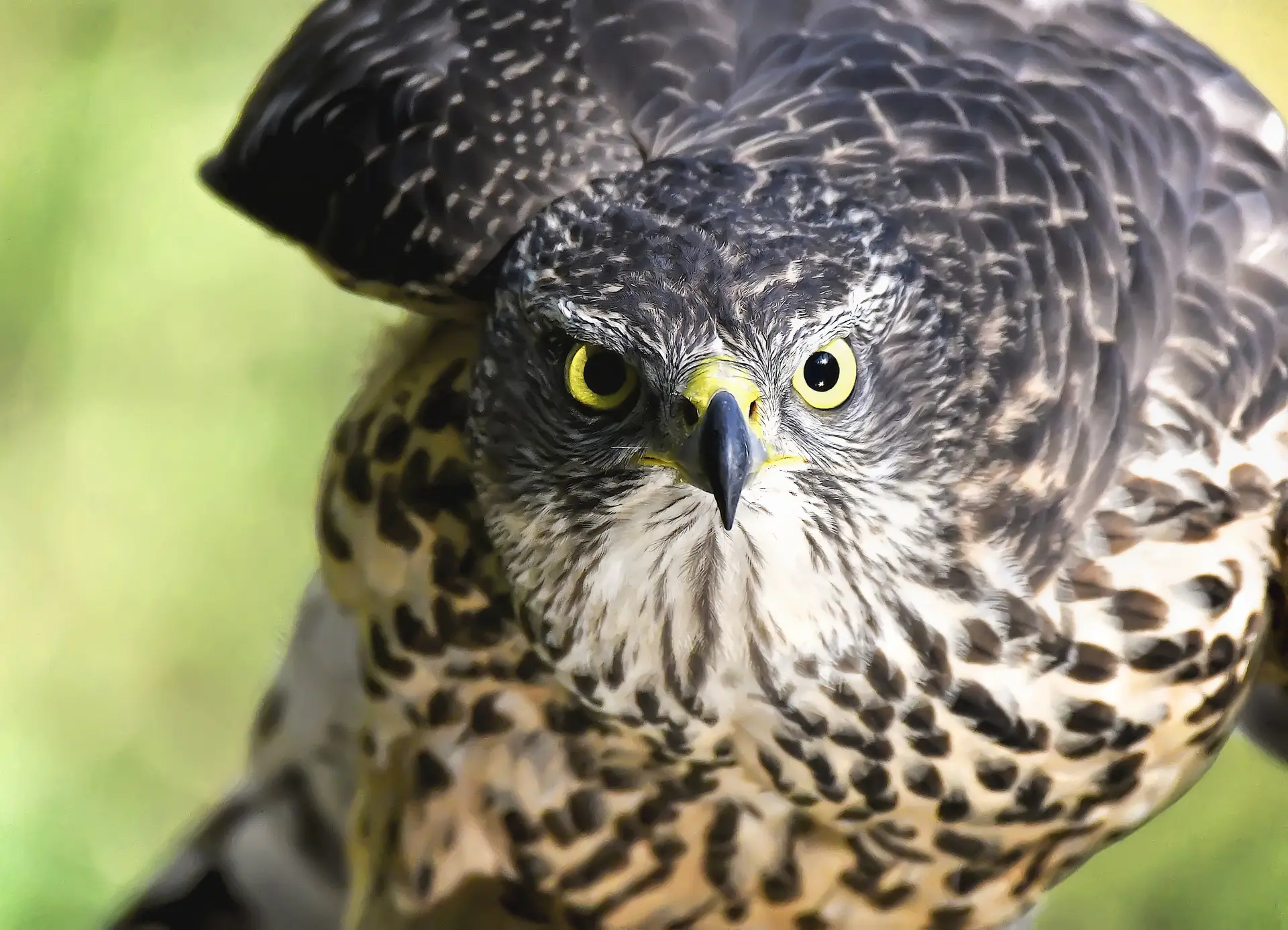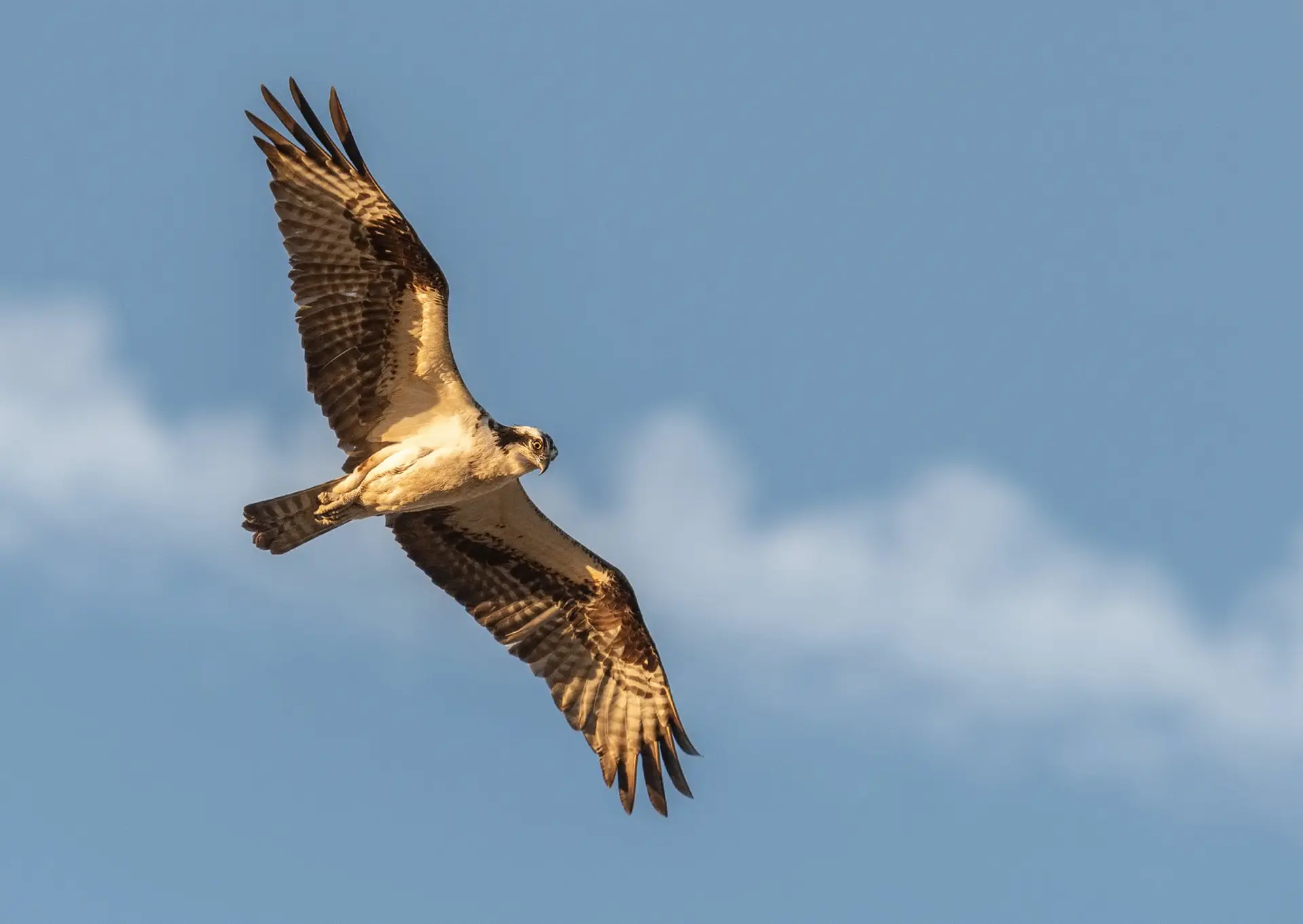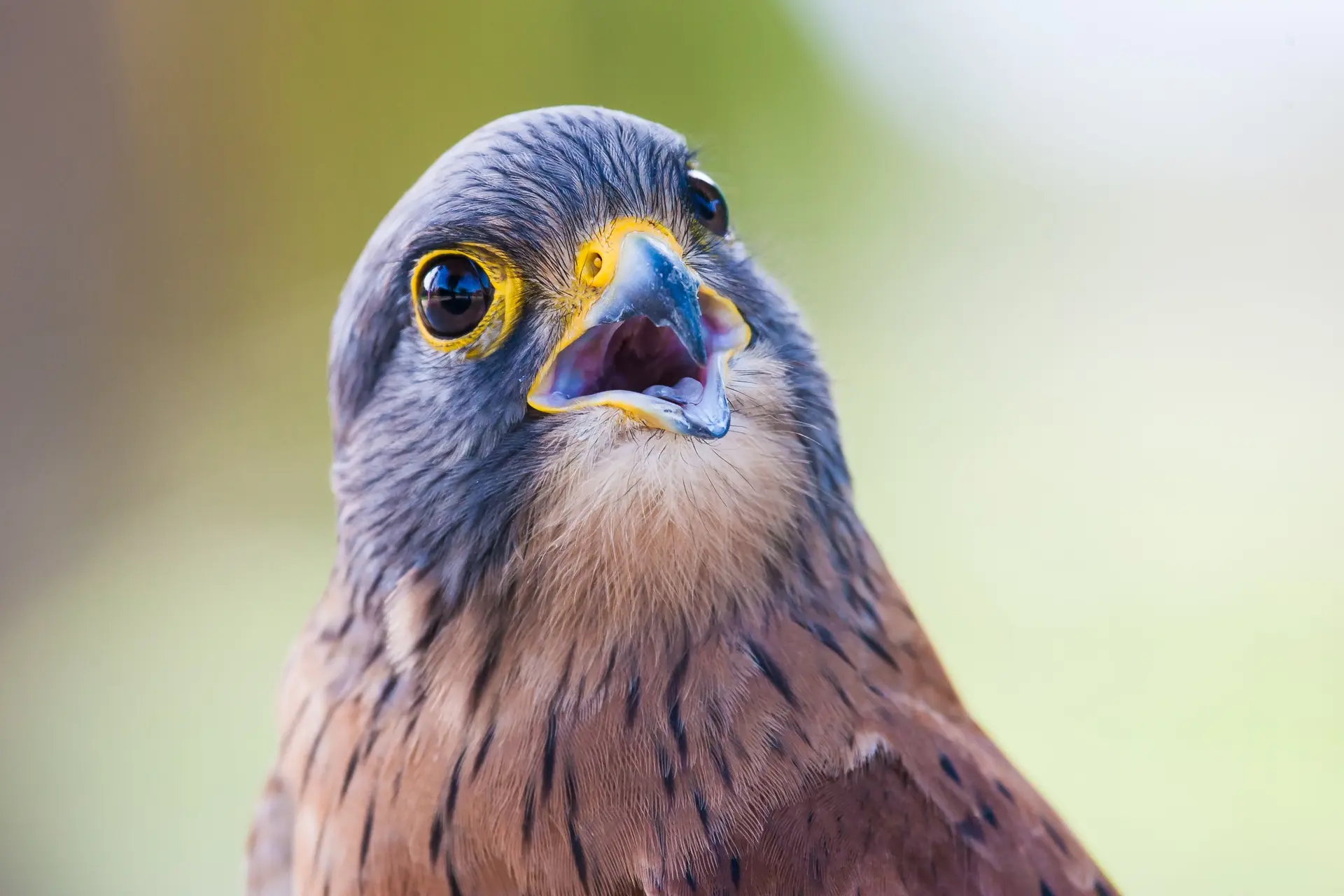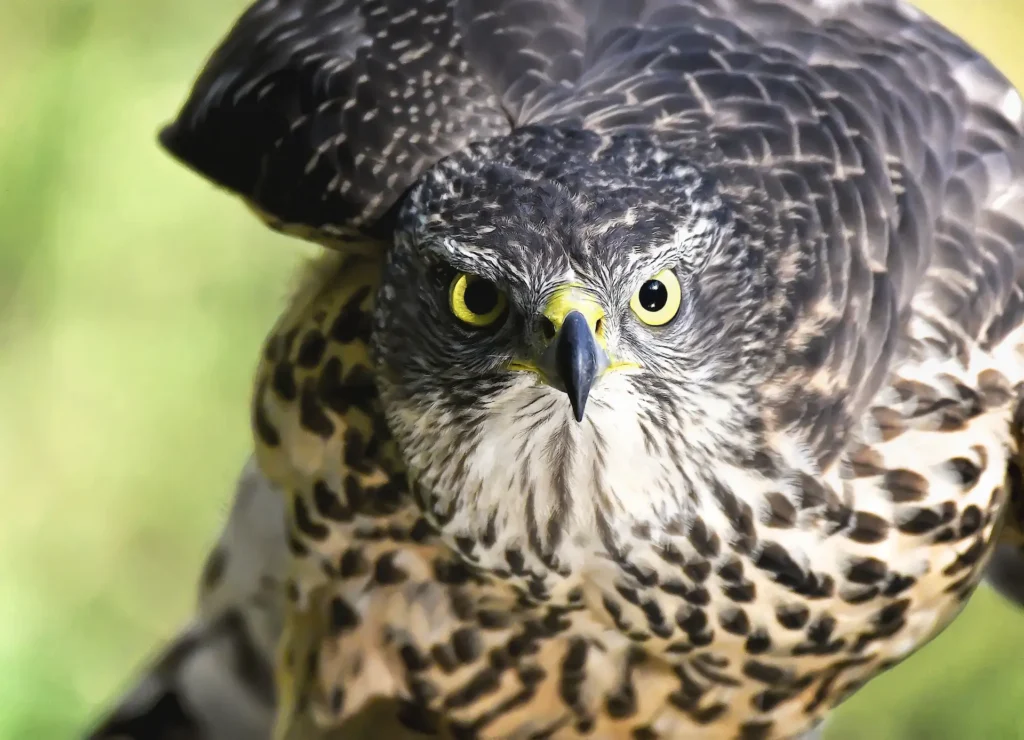Table of Contents
Ever pondered upon the mysteries of the Peregrine Falcon, the speedy raptor of the skies? Prepare to embark on an exhilarating journey into the captivating world of this remarkable bird. From its unparalleled speed and hunting prowess to its adaptable nature and global distribution, the Peregrine Falcon stands as a symbol of avian excellence.
Join us as we delve into the intricacies of its appearance, habitat, and hunting techniques, uncovering the secrets behind its success as one of nature’s most awe-inspiring predators. With each revelation, you’ll gain a deeper understanding of this magnificent creature and its place in the intricate tapestry of the natural world. So, let’s soar alongside the Peregrine Falcon and explore the wonders that await us in its realm.

Appearance and Size
The Peregrine Falcon boasts a streamlined body and pointed wings, perfectly adapted for high-speed flight. Its coloration varies slightly depending on region and age, but adults typically exhibit a slate-blue to dark gray upper plumage, with a distinctive black hood extending from the eyes to the nape of the neck. The underparts are white or creamy, often marked with dark bars or spots. Juveniles have browner plumage with streaks and spots, gradually acquiring the adult plumage over their first year.
Habitat and Range
One of the most remarkable aspects of the Peregrine Falcon is its adaptability to diverse habitats. While they are most commonly associated with rocky cliffs and coastal areas, Peregrines can also be found in a wide range of environments, including deserts, grasslands, and even urban centers. In urban areas, they often nest on skyscrapers and bridges, taking advantage of the abundance of prey such as pigeons and starlings.

Speed and Hunting Techniques
The Peregrine Falcon’s incredible speed and agility are legendary among birds of prey. During hunting dives, known as stoops, these birds can reach astonishing speeds of over 240 miles per hour (386 kilometers per hour). To put this into perspective, that’s faster than the top speed of a Formula 1 race car! This extraordinary velocity allows Peregrines to pursue and capture their prey mid-air with unparalleled precision.
Diet and Feeding
Peregrine Falcons are highly specialized hunters, primarily preying on other birds. Their diet includes a wide variety of species, from small songbirds to larger waterfowl and even other raptors. Pigeons and doves are among their preferred prey, given their abundance in both urban and rural areas. In addition to birds, Peregrines may also target bats, insects, and occasionally small mammals when opportunities arise.

Breeding and Nesting
Breeding pairs of Peregrine Falcons typically establish territories in the early spring, often selecting cliff ledges or tall structures as nest sites. The female lays a clutch of two to four eggs, which both parents incubate for about a month. After hatching, the chicks are cared for by both adults and grow rapidly over the course of several weeks. Juvenile Peregrines fledge from the nest after about six weeks but may remain dependent on their parents for several more weeks as they learn to hunt and navigate their surroundings.
Learn More!
In conclusion, the Peregrine Falcon’s remarkable adaptations and extraordinary abilities have earned it a well-deserved reputation as one of the most formidable predators in the avian world. From its breathtaking aerial maneuvers to its specialized hunting techniques, this magnificent raptor continues to inspire awe and admiration among bird enthusiasts worldwide.
If you’re intrigued by the world of birds, be sure to check out our Birds category for more fascinating articles on avian species. You might also enjoy exploring specific bird species like the Shoebill or discovering friendly bird species for first time owners. Whether you’re interested in the secrets of cat domestication or the incredible diversity of avian habitats, our blog has something for every animal lover. Dive in and expand your knowledge of our animal friends!
F. A. Q. about Peregrine Falcons
How fast is a Peregrine Falcon?
A Peregrine Falcon can reach speeds of over 240 miles per hour (386 kilometers per hour) during its hunting stoops, making it the fastest animal in the world.
What do Peregrine Falcons eat?
Peregrine Falcons primarily feed on birds, including pigeons, doves, and songbirds. However, they are opportunistic hunters and may also prey on bats and small mammals when available.
Where do Peregrine Falcons live?
Peregrine Falcons have a broad global distribution and can be found on every continent except Antarctica. They inhabit a variety of habitats, including coastal cliffs, mountains, and urban areas.
How big is a Peregrine Falcon?
Adult Peregrine Falcons typically have a wingspan ranging from 74 to 120 centimeters (29 to 47 inches) and weigh anywhere from 580 to 1600 grams (1.3 to 3.5 pounds).
Are Peregrine Falcons endangered?
While Peregrine Falcons faced significant declines in the mid-20th century due to pesticide contamination, conservation efforts have led to their recovery. They are currently listed as a species of “Least Concern” on the IUCN Red List.
Do Peregrine Falcons migrate?
While some Peregrine Falcon populations are migratory, with individuals traveling thousands of miles between breeding and wintering grounds, others are non-migratory and remain in their territories year-round.



I just like the valuable information you supply to your articles. I’ll bookmark your weblog and test again right here regularly. I’m reasonably certain I will be informed lots of new stuff right right here! Good luck for the next!